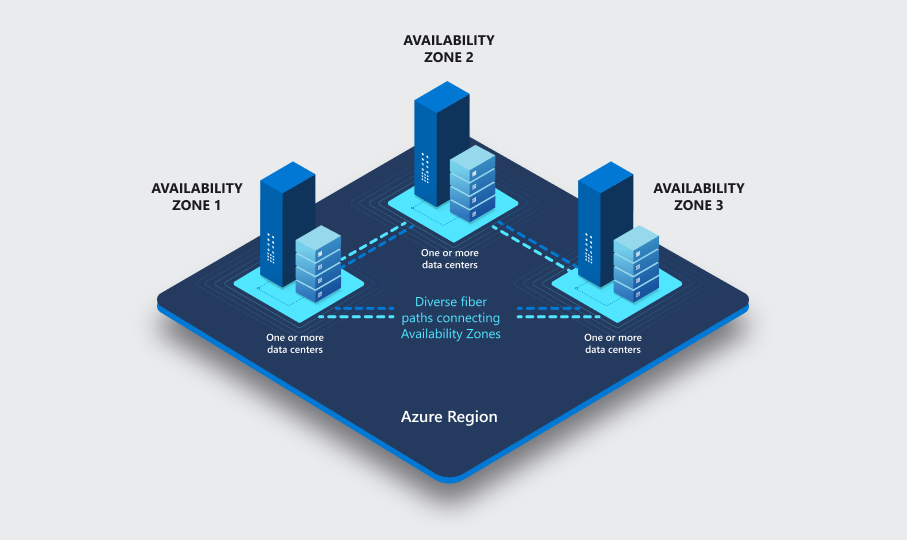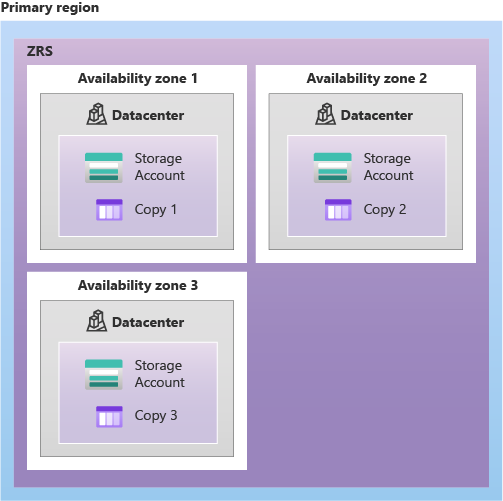Last updated on March 20, 2023
Natural disasters are no laughing matter that we can take for granted; they can seriously mess up a business and its operations, especially when using traditional on-premises IT infrastructure. Luckily, with Azure regions and availability zones, companies can have a backup plan to ensure data redundancy, disaster recovery, scalability, and remote access. With Microsoft Azure, companies can continue to operate even in the face of natural disasters. This means that businesses can stay operational regardless of what Mother Nature throws their way.
Azure Regions are geographically discrete data centers located in different locations around the world. It provides locations across the globe providing speedy access and broad coverage to their customers to Azure applications and services. Each region has multiple data centers connected through a dedicated regional low-latency network to ensure peak performance and redundancies in the event of downtime.
Microsoft Azure offers geographically dispersed data centers, allowing data to be replicated in multiple locations. This ensures that if a natural disaster impacts one data center, data is still accessible from another location.
Azure Availability Zones are physical locations within an Azure Region that provide increased protection, resiliency, and reliability to applications and data hosted in Azure. Each Availability Zone has one or more data centers with redundancies of power supply, network, cooling, and other critical infrastructure. There is a minimum of three separate availability zone in availability zone-enabled regions.
There are Azure services and features that allow its users to utilize the benefits of availability zones and regions. Always remember that Microsoft gives us all the tools; it is only up to us to use them.
For example, you can implement redundancies in Azure services such as Azure storage accounts. You can implement Zone-redundant storage (ZRS) to protect your data in the event of a failure. ZRS allows you to utilize three availability zones in the primary region. So if an availability zone fails, your data will still be available.
You can use Azure site recovery to protect your virtual machines from regional failures. Azure Site Recovery provides backup and recovery of virtual machines, so if your primary region fails, you can always perform a failover to a secondary region. Once the primary region is up and running, you can initiate a failback.
Together, Azure regions and availability zones provide additional protection, redundancies, and resiliency to applications and data in Azure. This gives organizations greater confidence in deploying their applications and data in Azure because they know there are backups and redundancies in case of problems in one of the data centers. With Azure regions and availability zones, customers can provide the best experience to their users, no matter where they are in the world.


















